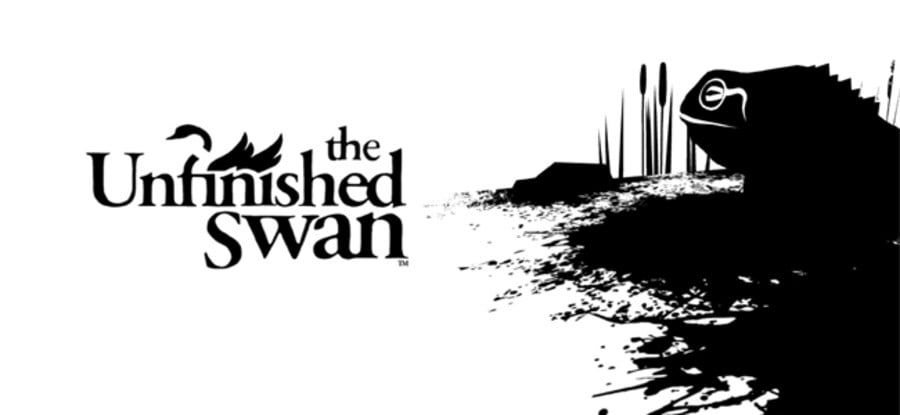
The Unfinished Swan is a blank canvas; an engrossing adventure open to interpretation and debate. It’s a title that’s defined by contrasts, be it the bold blobs of colour that paint your progression through the game’s otherwise vacant world, or the juxtaposed personalities of the protagonist and his counterpart, the mysterious King. Joel Corelitz, a talented composer based in the heart of Chicago, had the honour of helping to highlight those distinctions through audio – and here he tells us the story behind the PlayStation Network exclusive’s outstanding soundtrack.
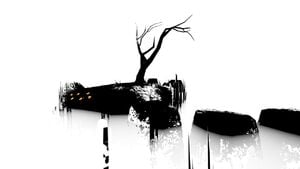
“Peter Scaturro, music supervisor at SCEA, reached out to me after seeing LOOM, a short film for which I created all of the audio,” the musician beams when we ask him about how he got involved with the title. “While its score is radically different to The Unfinished Swan, the spirit of uniting synthetic and organic textures is very similar.”
An award winner at the Braunschweig Film Festival in 2010, LOOM depicts the final moments of a fly caught in a web. Boasting big glitches and subtle orchestral pads, the audio captures the brutality and poignant nature of the piece well – a disparity that’s not too dissimilar to The Unfinished Swan’s uplifting but undeniably emotional tone.
“I started working on the score a little over a year before the game’s release,” he continues, casting his mind back to the early stages of the project. “The core mechanics were established but various components of the story and some design elements were still in development.”
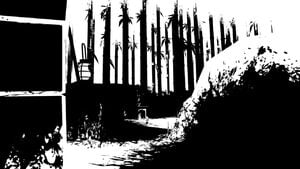
Despite its unfinished state, Corelitz persevered, basing his initial audio ideas on the village stage at the start of the campaign. “SCEA provided me with a test kit so I could play the game as it was being developed,” he says. “The music is meant to integrate with the in-game environments as well as provide enough of a contrast to add an extra emotional dimension to the gameplay. Getting an idea of how that balance would work in context was an absolutely essential part of the process.”
After some experimentation, Corelitz eventually decided that the soundtrack would be best served by two disparate styles: ambient and electronic. “The latter pieces were inspired by Wendy Carlos’ Switched-On Bach,” he tells us, alluding to the eccentric 1968 record that consists entirely of classical pieces played on synthesised instruments. “There’s something absurd and delightfully arrogant about expressing these stately, refined Baroque motifs and progressions with analog synthesizer sounds played with automaton precision.”
That, of course, proved to be the perfect accompaniment to the title’s self-centred King character, an egotistical monarch more concerned with his own creative needs than the desires of his people. “Much of the music is intended to sound like it’s in the actual environment – as if the King were playing his own electric harpsichord,” he continues. “The ambient music functions as more of a score. It spans the fabric of the world to Monroe’s personality and hopefully extends into the player’s state of mind as they experience the game.”
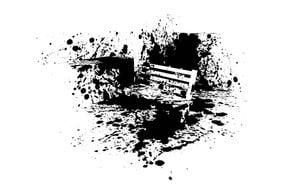
Despite the poignant nature of the title’s plot – the back-story of which finds the protagonist crushed after the death of his mother – the soundtrack is surprisingly uplifting. Corelitz tells us that he was eager to overlook the sadness of the story in order to highlight the optimistic angle of the adventure. “Monroe’s back-story is tragic and the experience of exploring the world is solitary,” he explains. “To focus too much on those aspects of the game would be to miss opportunities to communicate hope, magic, and curiosity. Those were my goals with the music.”
To convey the aforementioned emotions, the soundtrack dabbles with a wealth of sounds, ranging from subtle organic tones to overpowering synth pop-esque pads and leads. Corelitz says that he wanted the soundtrack to “feel classic and timeless but also modern”, adding such attributes are often unfairly regarded as being at odds with each other. “The combination makes sense for The Unfinished Swan because the world is magical, whimsical and foreign, yet the characters and story are very human,” he points out.
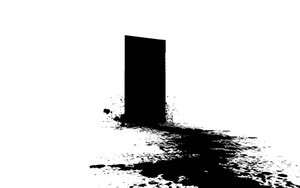
But the balance of the sounds is just as important, and that’s why it’s constantly changing throughout the game. “Even in the ambient music, I relied on chordal structures, but in contrast to a more melodic, motif-driven score, they’re buried below the surface so that the overall listening experience consists more of textures that ebb and flow,” he adds.
And, unlike most games, The Unfinished Swan is built with that in mind. “This score is meant to feel alive,” Corelitz grins, confirming our suspicions that the soundtrack is programmed to adapt to what the player is doing. “I think audio implementation is one of the most exciting aspects of game design because it makes music into a non-linear art form. Both the pieces within the score and the way they transition to one another are based on player actions. The music is never quite the same on any given play-through, or even moment-to-moment. Just putting the controller down and hearing the constant motion of the score can be an interesting listening experience in itself.”
With the audio constantly evolving as opposed to adopting a conventional structure, we were eager to learn about the kind of challenges that presented during production. “It’s a lot of fun to create music that dictates its own structure, taking each piece where it wants to go rather than conforming to any previously established rules,” he explains. “To accomplish this, writing the music was almost like creating a puzzle and solving it at the same time. I wanted it to be structured enough to work as a whole, but I also wanted every element to be compatible with any balance or section of any other element, so that when the pieces were broken down and recombined by the game’s algorithmic ambient system, they would still work musically.”
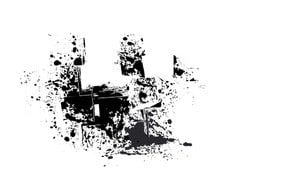
According to Corelitz, that required restraint. “I tried not to over-compose or cram too much musical material into each ambient piece,” he says. “Ironically, I think too much material can sometimes distract from things staying fresh. Letting things evolve and just take shape on their own was a big part of the process.”
The composer employed a similar mentality when designing many of the soundtrack’s electronic tones, relying on an analogue modular rig that allowed him to get particularly creative with different types of sound. “I love the tactile experience of plugging things in, and how every parameter has a dedicated control,” he smiles. “I also think it’s exciting how fleeting and transient it is to create sounds on a modular. They only exist as long as the synth is patched and configured in a certain way. Once you zero everything out, that particular sound is gone forever. It forces you to really trust your intuition and compose in the moment, and it makes repeating yourself next to impossible, which I think is great.”
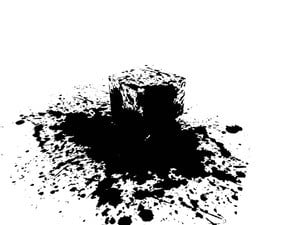
Meanwhile, the composer used a number of plucked instruments, such as the marimba and harp, to create the more ambient tones. “Those kinds of sounds tend to blend nicely with electronic sounds and respond really well to spatial effects, filtering, and distortion,” he continues, explaining that many of the sounds were heavily processed in order to help create the desired dreamy effect. “The string orchestra is the only element in the score that’s completely unprocessed. I always like to do that with at least one instrument to provide a reference and to ground everything else. I think processing is more creative and impactful when you’ve got something unprocessed to compare it to.”
But despite the use of a number of effects, Corelitz believes that it’s the composition itself that gives the soundtrack its otherworldly quality. “Long reverb, which happens to be very present in this score, can be associated with an ethereal feel, but there’s plenty of great languid, ambient music that uses almost none,” he explains.
And as for the game itself, Corelitz couldn’t be happier with the final product. “I love The Unfinished Swan’s sense of discovery and magic,” he grins. “It reminds me of what it feels like to be a kid. No quantifiable aspect of game design matters as much as something you can feel; that sense of wonder when you play. I think The Unfinished Swan has that.”
We challenge anyone to disagree.





Comments 3
Great read. I just finished this game and it's one of the most amazing experiences I have had playing a game in a long time (even better than Journey). The music was a massive part of making this a truly beautiful work of art. So its cool to get some insight on what went into making the score.
Seriously can't recommend this game enough. If you haven't played this yet you owe it to yourself to pick it up.
I second that! Just finished the game myself. I don't know if I would say it was better than Journey, but it was VERY good, nonetheless. I love how the game evolved over the chapters, and found the story quite intriguing too. And yes, the music was very well done and, as you state, a great melding of classical and electronic.
The thing that is really interesting about this is the idea of "interactive music" which changes and adapts as you play. Probably many games do this, but I haven't thought about it before. Writing music which could be adapted that way would be very challenging, because all of the varied themes could potentially be bookended against each other in different combinations and would still need to sound seamless. Otherwise the chopping and changing would be a distraction. Its limiting and freeing at the same time.
I am reminded of Mozart's random music generator dice game, which is essentially the same idea.
http://en.wikipedia.org/wiki/Musikalisches_Würfelspiel
I still plan to pick this up. Just haven't quite got to it yet.
Leave A Comment
Hold on there, you need to login to post a comment...